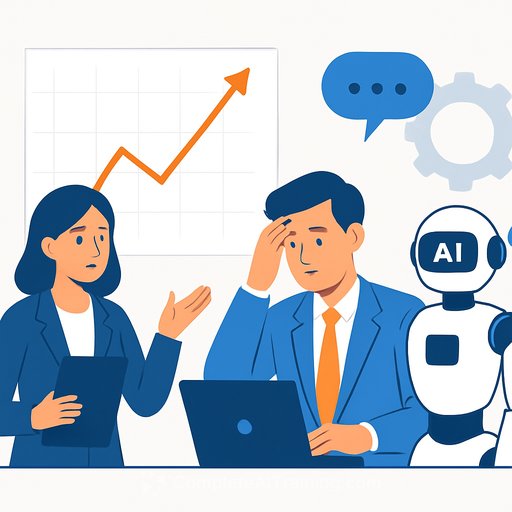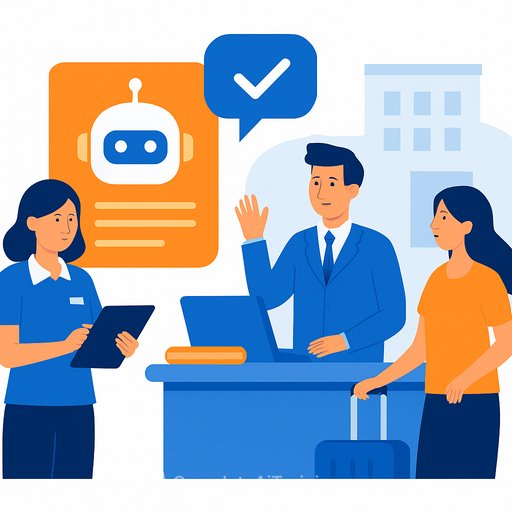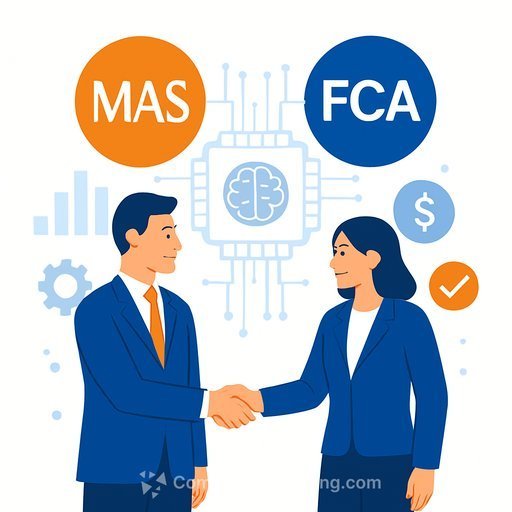Most HR Leaders Doubt Managers' AI Skills-Yet Expectations Keep Rising
Only 8% of HR leaders believe their managers have the skills to use AI effectively, according to new Gartner data from July 2025. At the same time, one in three HR leaders say their organisations expect higher performance from employees who use AI. That gap creates pressure-and a clear mandate-for HR to build capability fast.
There's upside if it's done right. As Carolina Engels, Senior Principal in Gartner's HR practice, notes, AI can automate routine tasks and surface timely insights so managers can spend more time on strategy and people.
AI as Management Support
AI-augmented management means less administrative drag and more judgment, coaching, and decision-making. Done well, it gives managers a dashboard of insights instead of a wall of noise.
79% of HR leaders say HR should prioritise enabling and motivating employees to use technology in ways that drive growth. Translation: capability-building is strategic, not optional.
What CHROs Should Do Now
- Set the guardrails with Legal and Risk. Publish clear guidelines for AI use: ethical standards, data boundaries, and approval processes. Do this before scaling pilots so you avoid rework and risk later.
- Co-design roles and workflows with managers and IT. Identify high-friction tasks to automate-compiling data, drafting performance reviews, generating first-pass client feedback. Validate feasibility with IT and define handoffs between humans and AI.
- Partner with L&D and HRBPs for quick wins. Map current workflows, pick 2-3 use cases per function, and pilot with a small manager cohort. Measure time saved, decision quality, and employee experience.
Keep It Human
AI should make managers better at the parts of the job that matter most. Engels points to human-centric leadership: communicate AI-driven insights in plain language, use tools that deepen coaching conversations, and give managers space to compare notes on what's working.
- Pick applications that strengthen relationships-e.g., nudges for 1:1s, sentiment cues from feedback, or skill-gap signals to guide development.
- Run manager forums to share use cases, pitfalls, and governance updates. Normalize healthy skepticism and evidence-based adoption.
Close the Skills Gap with Learning That Sticks
Despite broad ambitions, only 14% of organisations support managers in integrating generative AI into daily work (Gartner, August 2025). That's a blocker you can fix with focused, role-relevant learning.
- AI literacy for managers. Practical prompts, bias awareness, data hygiene, and evaluation of AI outputs. Teach "trust but verify."
- Hands-on labs and playbooks. Short scenarios tied to real workflows: performance review drafts, client summaries, project updates, hiring briefs.
- Blend digital skills with leadership. How to translate AI insights into clear goals, feedback, and fair decisions.
- Role-specific onboarding. New managers get AI enablement in week one: tools, policies, and the top five use cases in their function.
As Engels puts it, the role is shifting from managing information to coordinating insights and anticipating team needs. AI isn't a replacement for managers; it's a lever to give them more time with their people.
A Practical 90-Day Plan
- Days 0-30: Publish usage guidelines. Audit manager tasks. Select 3-5 pilot use cases. Define success metrics (time saved, decision speed, employee sentiment).
- Days 31-60: Co-design workflows with managers, IT, and L&D. Launch hands-on training. Stand up a manager community channel for Q&A and shared prompts.
- Days 61-90: Review pilot data. Adjust guidelines. Scale the top two use cases. Add AI literacy to manager onboarding and quarterly refreshers.
Governance and enablement resources
- NIST AI Risk Management Framework - useful for aligning Legal, Risk, and HR on responsible use.
- Complete AI Training: Courses by Job - curated pathways to upskill managers and HR teams on practical AI.
Bottom Line for HR and People Leaders
Expectation is outpacing capability. Close the gap with clear guardrails, smart use-case selection, and role-specific learning. Start small, measure hard outcomes, and scale what works. Your managers don't need more tools-they need better workflows and the confidence to use them.
Your membership also unlocks:










